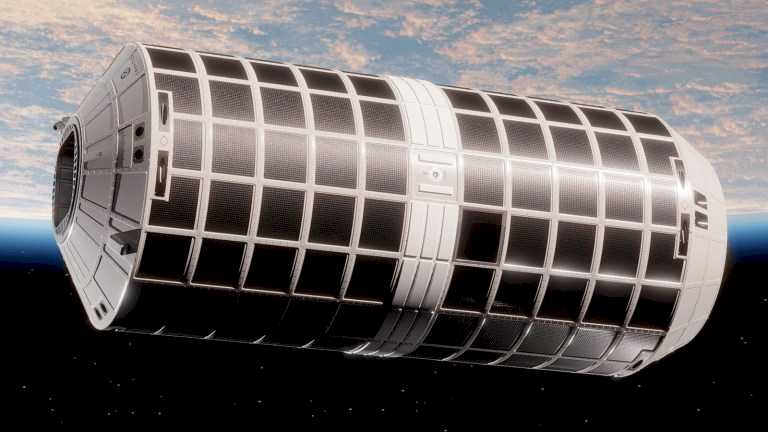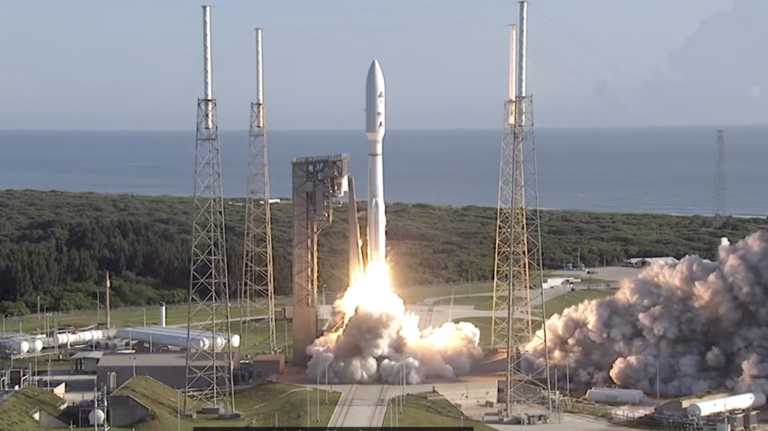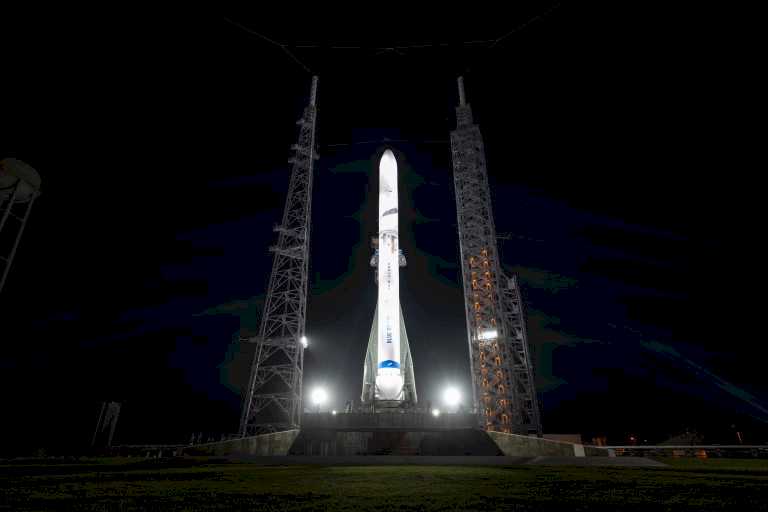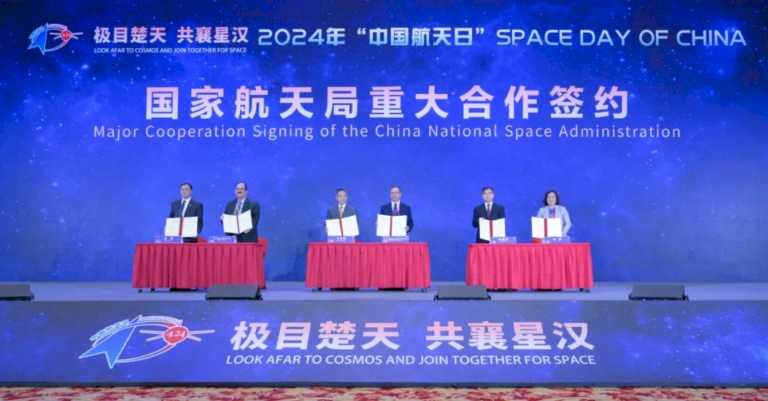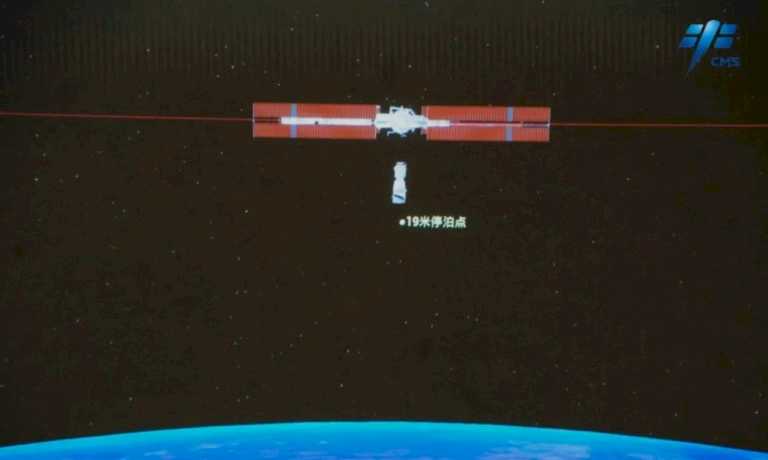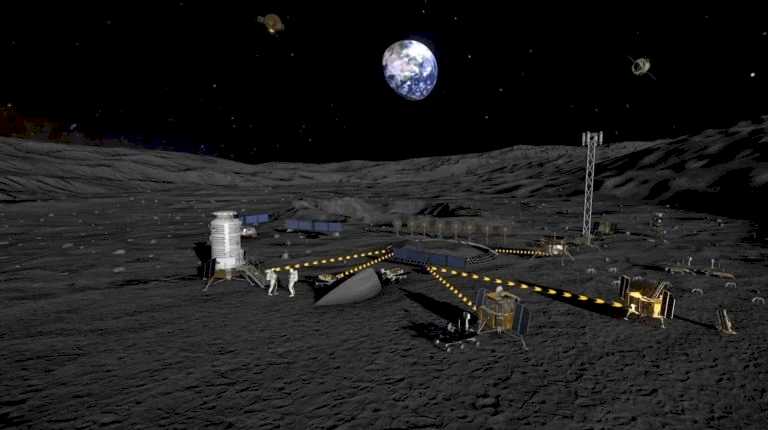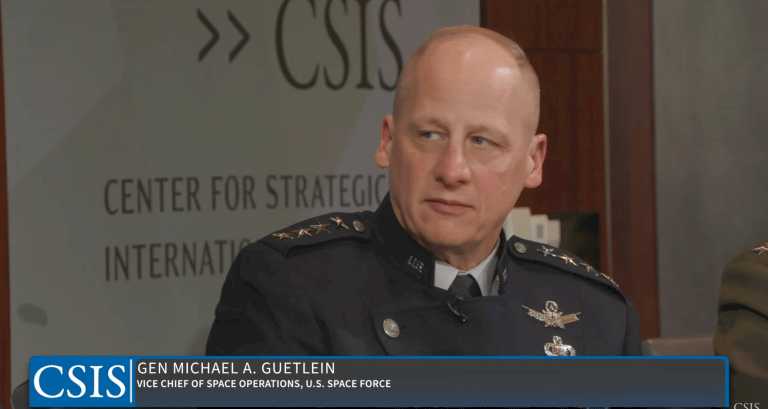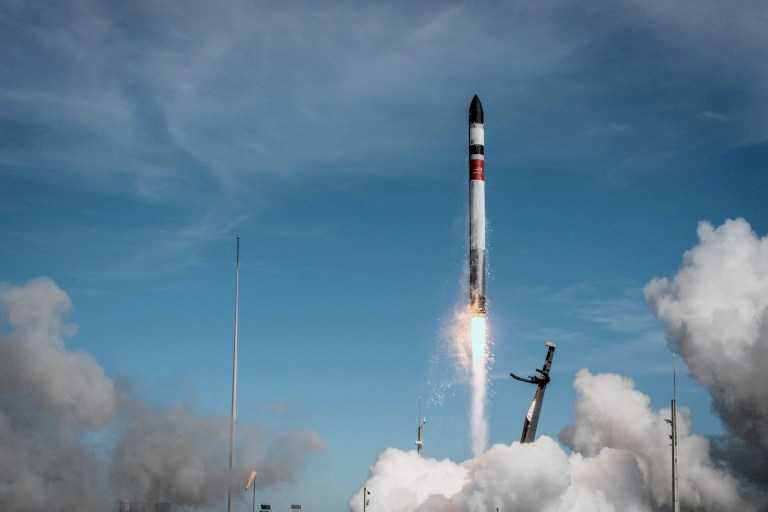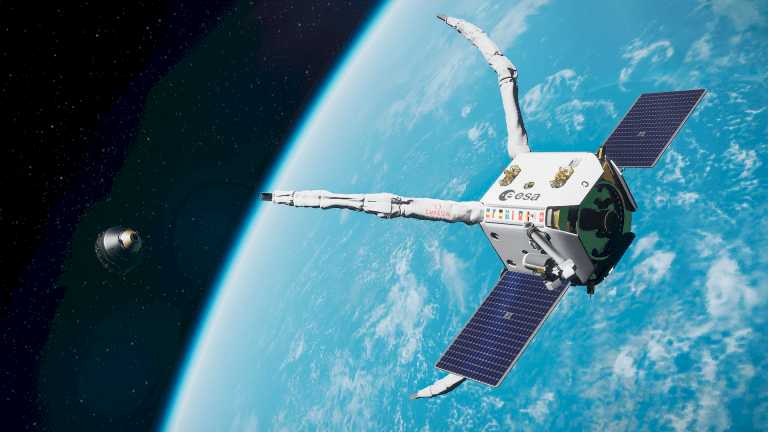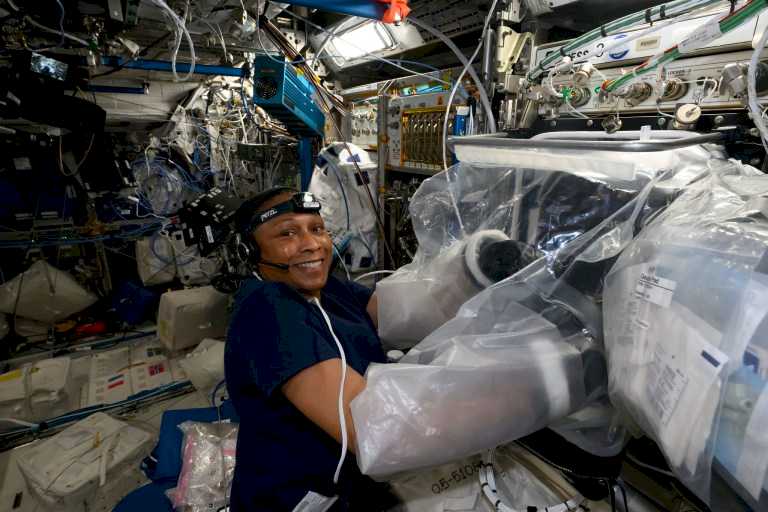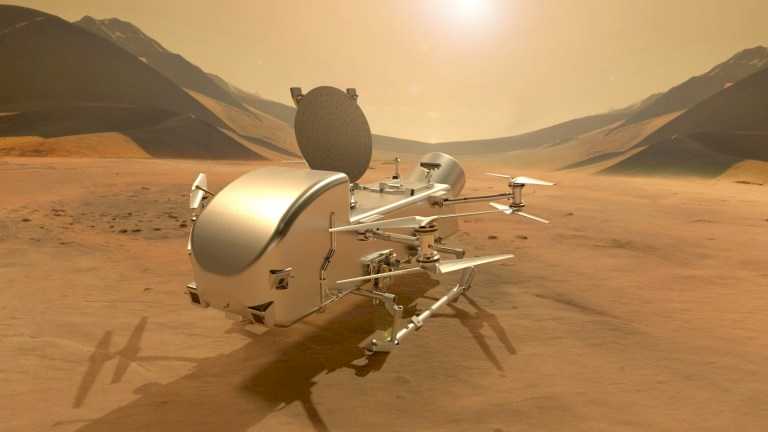#WASHINGTON — Gravitics, a startup developing modules for commercial space stations, will use its technologies for tactically responsive space applications for the U.S. Space Force.
The company announced April 25 it won a $1.7 million Small Business Innovation Research (SBIR) contract from SpaceWERX, the innovation arm of the Space Force. The contract, a “direct to phase 2” SBIR award, is in partnership with Space Systems Command’s Space Safari Program Office.
Gravitics, based near Seattle, is developing modules for use on future commercial space stations. One concept, called StarMax, is a cylindrical module with an aluminum full 7.6 meters in diameter and offers 400 cubic meters of volume, about 40% of the volume of the entire International Space Station
